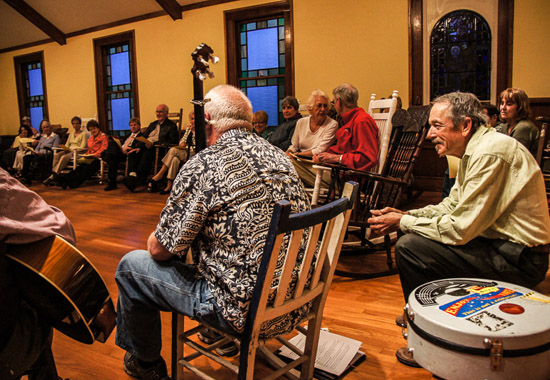There is a lot being published today about the value vs. cost proposition as it relates to higher education. Some of this critique is well-founded. For example, why do some independent schools in the United States charge over $60,000 per year, while many others charge half that rate?
By virtue of volume, aren’t there further financial efficiencies to be gained in public universities? Isn’t tenure outdated; a vestige of a used-to-be academic culture?
Attempting to engage these critiques in a non-defensive way is a responsible practice for those involved in higher education. Sometimes this engagement leads to reform. Other times it leads to more deeply held commitments about mission.
Unfortunately, within this discussion there is far too little being written about what is actually happening at the schools that Richard Vedder and Christopher Denhart describe as “…poorly endowed and undistinguished” in a recent Wall Street Journal article titled “How the College Bubble Will Pop.”
The perch from which the authors write is the rarified air of privilege. As Peter Coy analogously noted in an education reform Business Week piece, hospitals that admit only healthy people will fare well in their outcomes.
And that’s the problem with many of the gross generalizations that are tied to higher education reform today.
Many people designing treatments for these underperforming patients have only practiced at hospitals that admit healthy people. And it is these healthy hospitals that continue to increase their fees far beyond the cost of inflation because they can, whereas their crosstown care providers end up charging less than the actual cost of providing care even while they are caricatured as “undistinguished.”
At my “undistinguished” hospital, err, University, forty-two percent of undergraduate students are Pell Grant eligible which means that they come from families that are often struggling in ways some Americans only read about. Many of these students come with great promise, and they sometimes have deficiencies which must be addressed. Not all school districts are created equal in America, after all.
On our campus, students must submit to what we call a culture of “caring intrusiveness.” If a student doesn’t show up for class, their absence is noted and they must account for it. Why? Because there is a direct correlation between attendance and successfully acquiring the knowledge needed to advance.
And, rather than attributing an absence to late night frolics in the residence halls like Dr. Vedder, in some cases we have learned that absences in the classroom often reveal that there are problems at home.
I am pleased to report that nearly 90% of students who initially present as “at risk” in this educational protocol are eventually able to perform at a level equal to or greater than their peers.
Why? Because they have been attended to by educational doctors who care enough about their students to learn their stories, first, as young people who have encountered struggle; teachers and mentors who are committed to pushing students to that point where they can compete with those who attend more “distinguished” places like Ohio University. Realistic dreams do become operational realities.
And there’s one other point to be made here. Many of these students work between two and three part-time jobs to help finance their education.
So while they are working 20-30 hours a week, taking 15 credits of coursework, and participating in intercollegiate athletics, they also find time to mentor other youth. As one student said to me, “Sleep is highly overrated, Dr. Bullock.”
There is a reason why these graduates are doing well in this job market. Imagine the job interview. “You took a full academic load, worked two part-time jobs, played football and found the time to be a mentor? How did you do that?” Answer: “Sleep is highly overrated.” “When can you start?”










